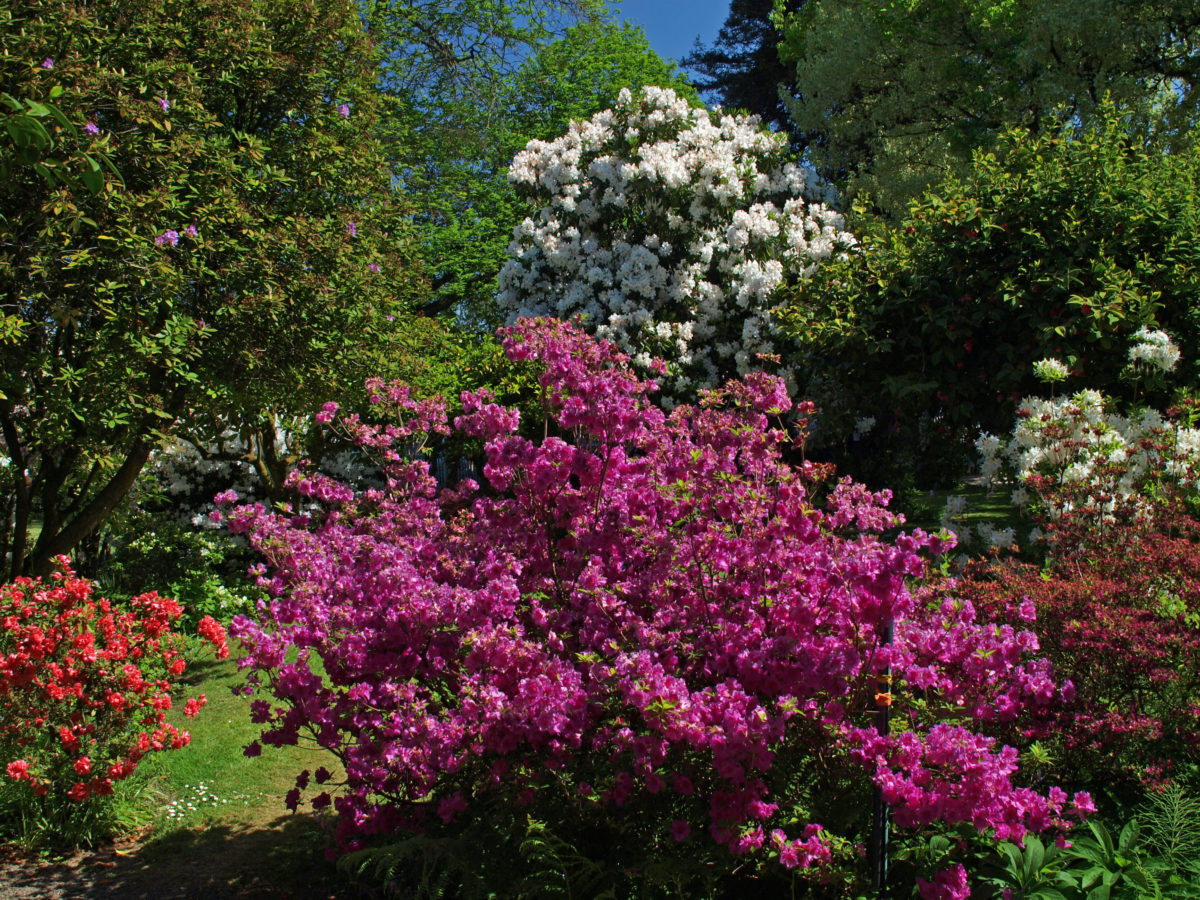by Alan K. Lee
Hulda Klager Lilac Gardens, in Woodland, Washington, draws thousands of visitors every year, especially in the spring during Lilac Days when the many varieties of lilacs are in bloom.
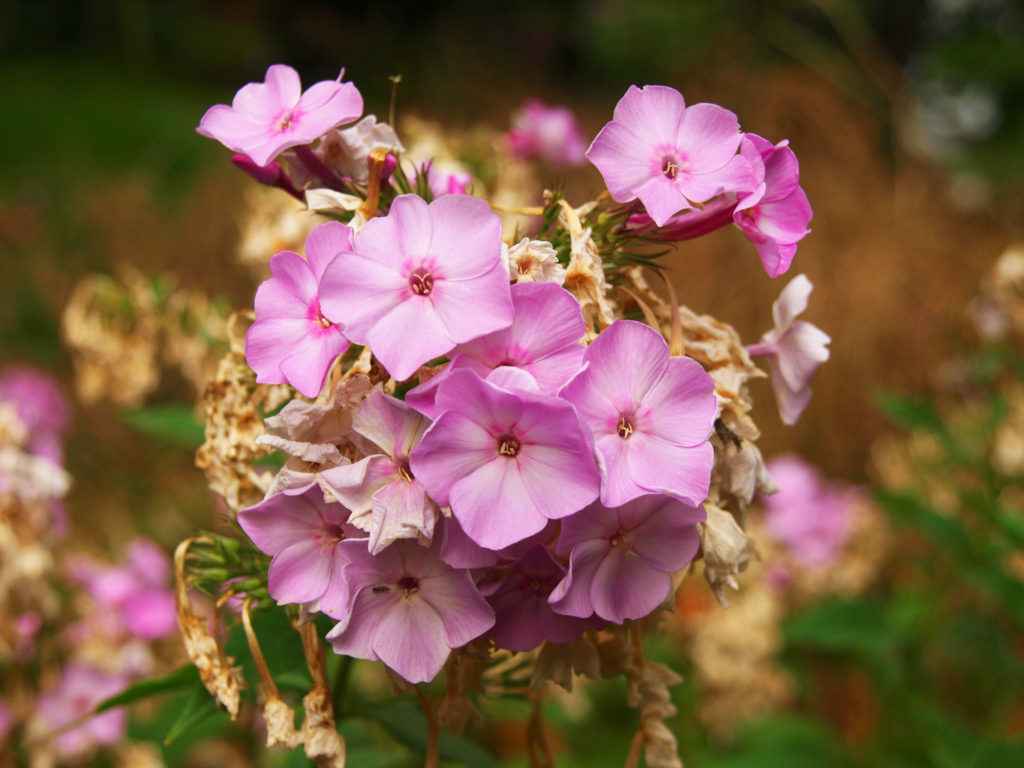
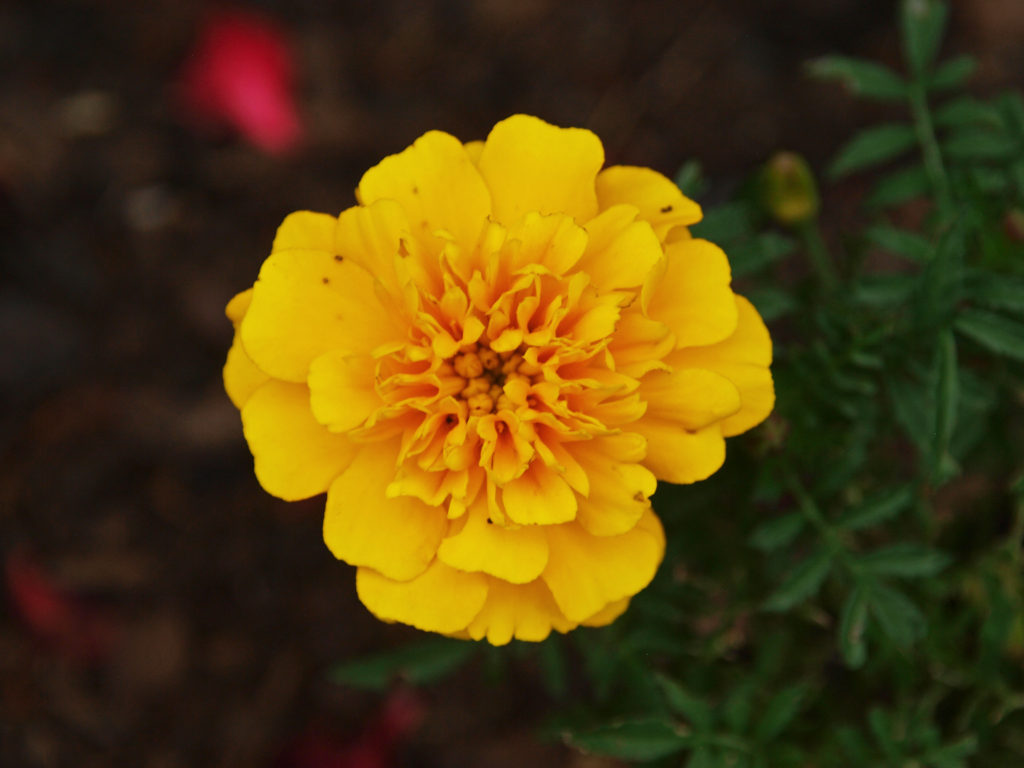
My wife and I first visited the Lilac Gardens in 2018 during a weekend trip to Mount St. Helens. We had done a long hike on the mountain the previous day (see my previous posts on our Harry’s Ridge and Lava Canyon hikes), and needed a day to recover, plus the weather had taken a turn for the worse. So, we looked for other things to do in the Kalama or Woodland areas. Visiting the Lilac Gardens seemed like it would be a pleasant way to spend an afternoon. And that it was, even though the lilacs had long since finished blooming.
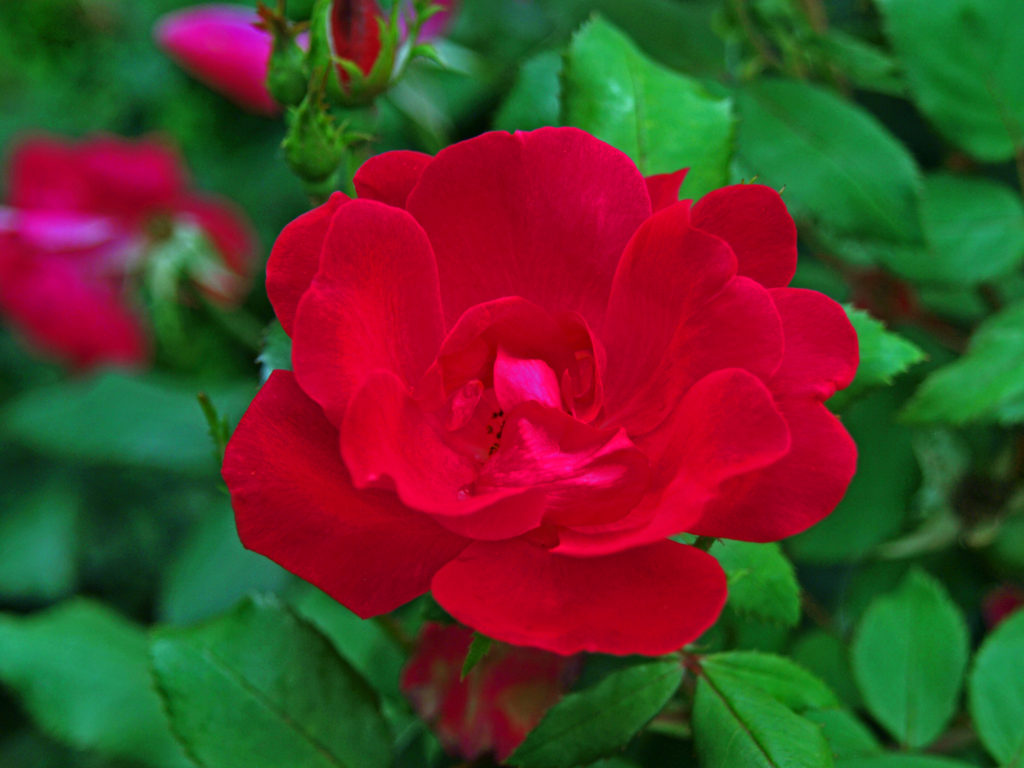
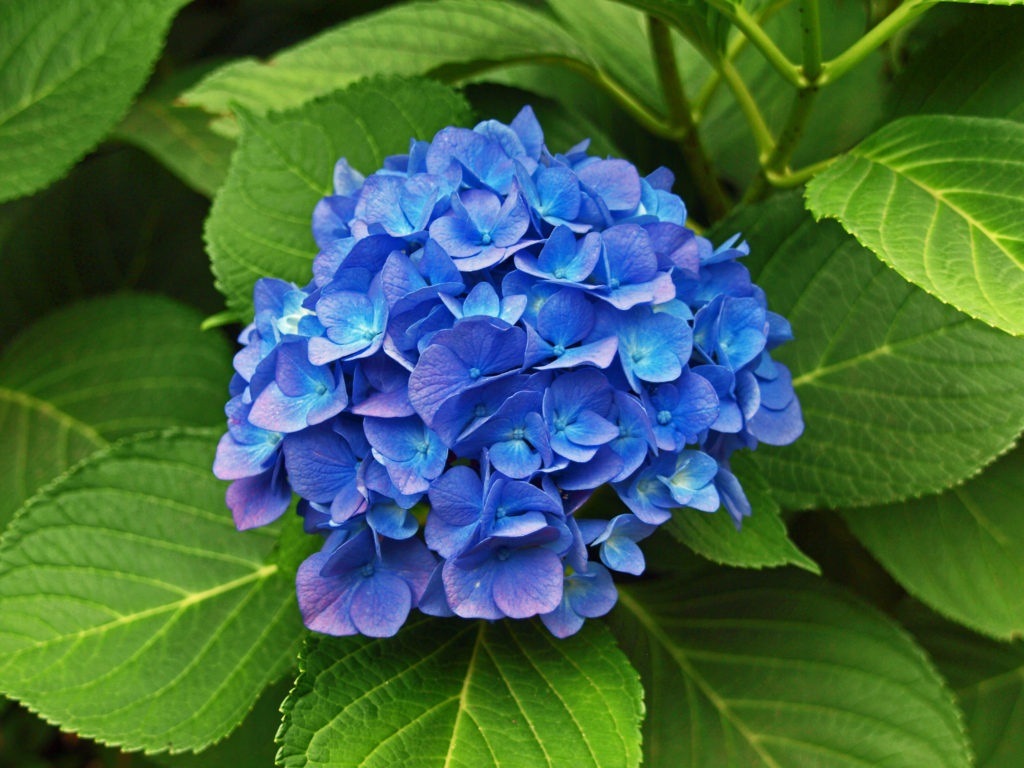
The Lilac Gardens have a long and interesting history and many people come to the Gardens because of Hulda Klager’s influence on both the local area and on the development of both botanical gardens and plant propagation techniques.
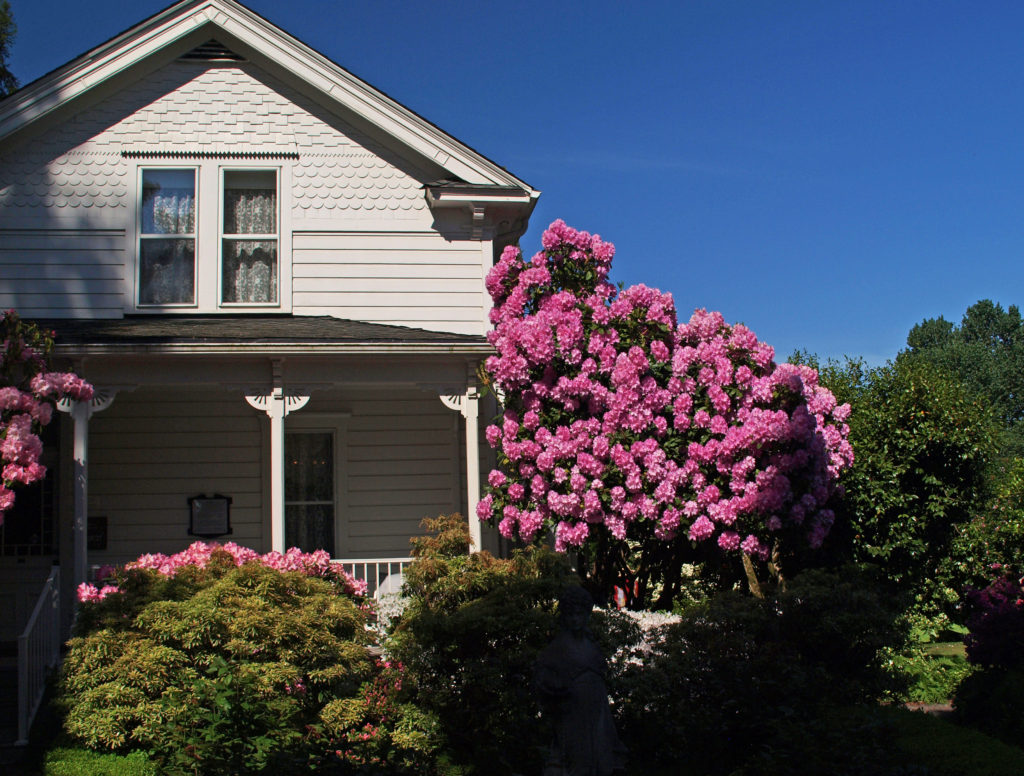
Hulda Thiel was two years old when the Thiel family emigrated to the U.S. from Germany. After spending a decade in Wisconsin and Minnesota, her parents purchased a farm in Woodland in 1877, when Hulda was thirteen. The Lilac Gardens occupy four acres of that original farmland.
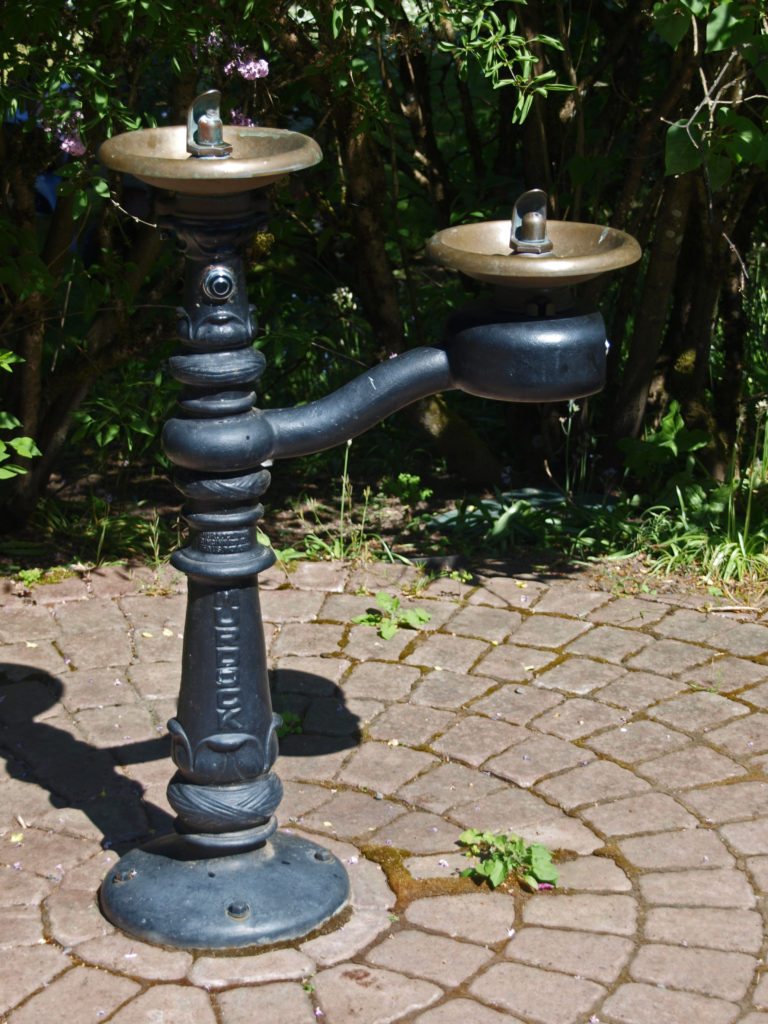
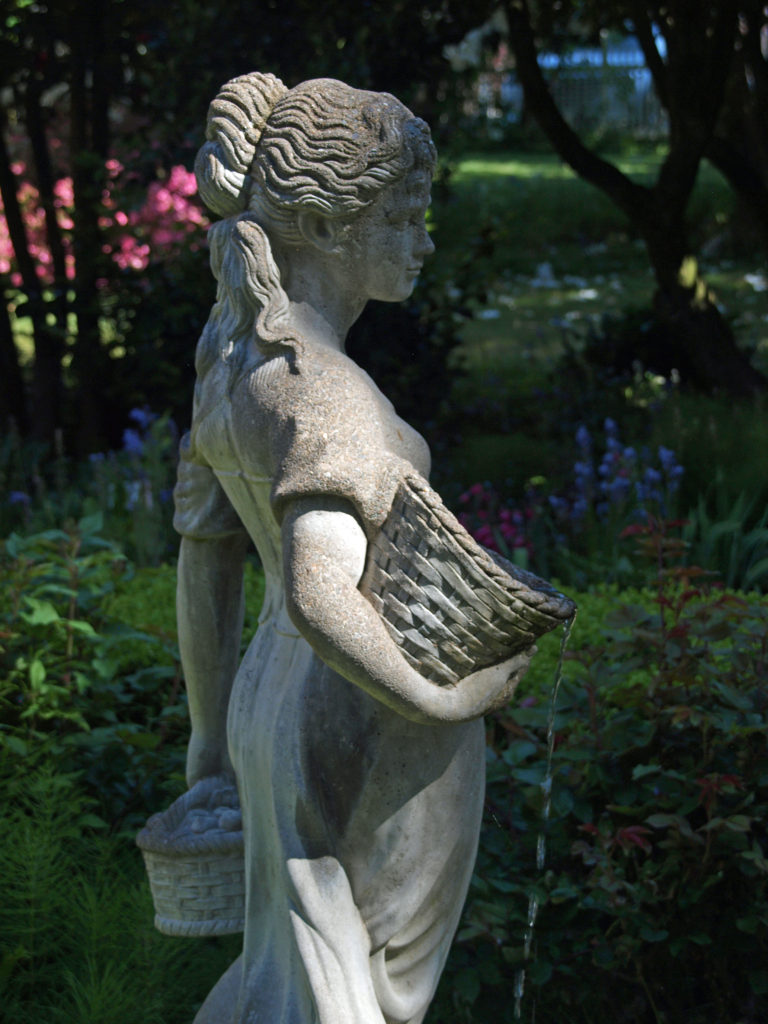
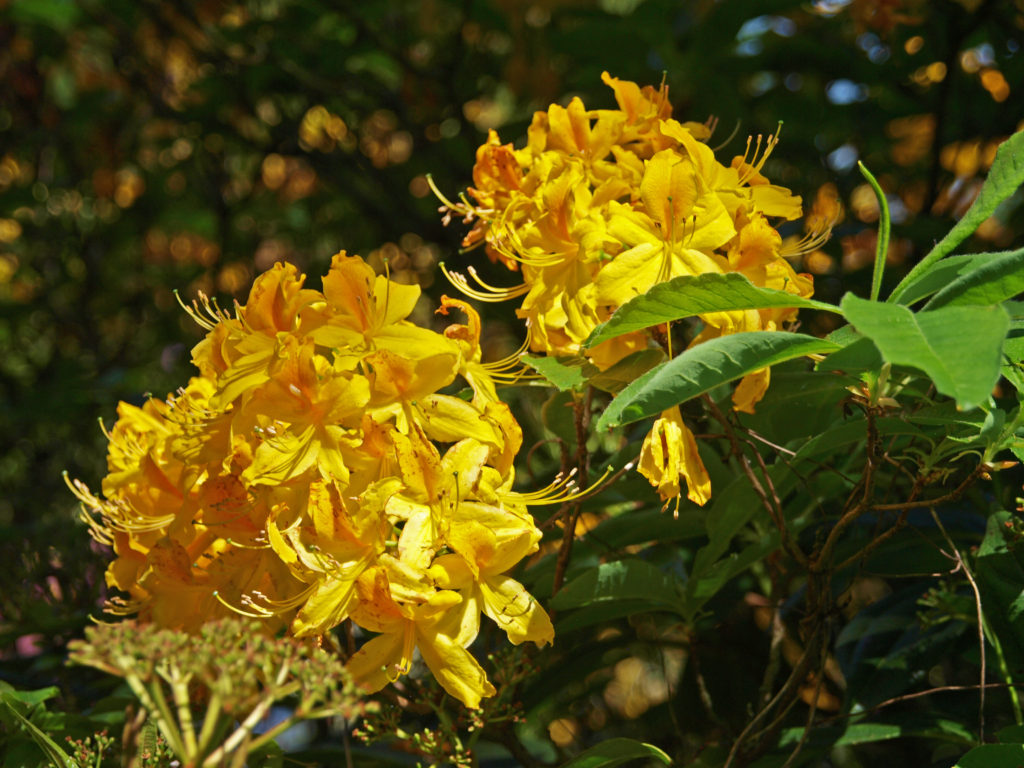
Hulda married Frank Klager in her teens. She was always interested in gardening and raising flowers, but it wasn’t until 1903, when she was nearly forty, that she became interested in plant propagation and hybridization. She first started working with lilacs in 1905, and by 1910 had created more than a dozen new varieties. Over the course of her long life, she developed about 250 different varieties.
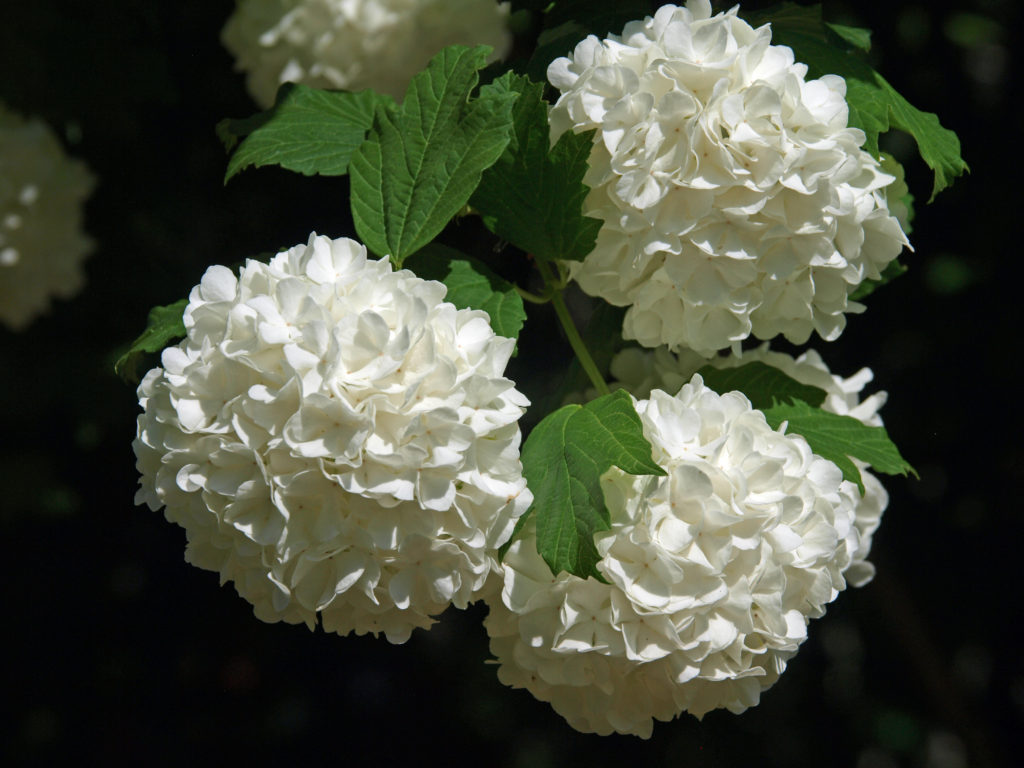
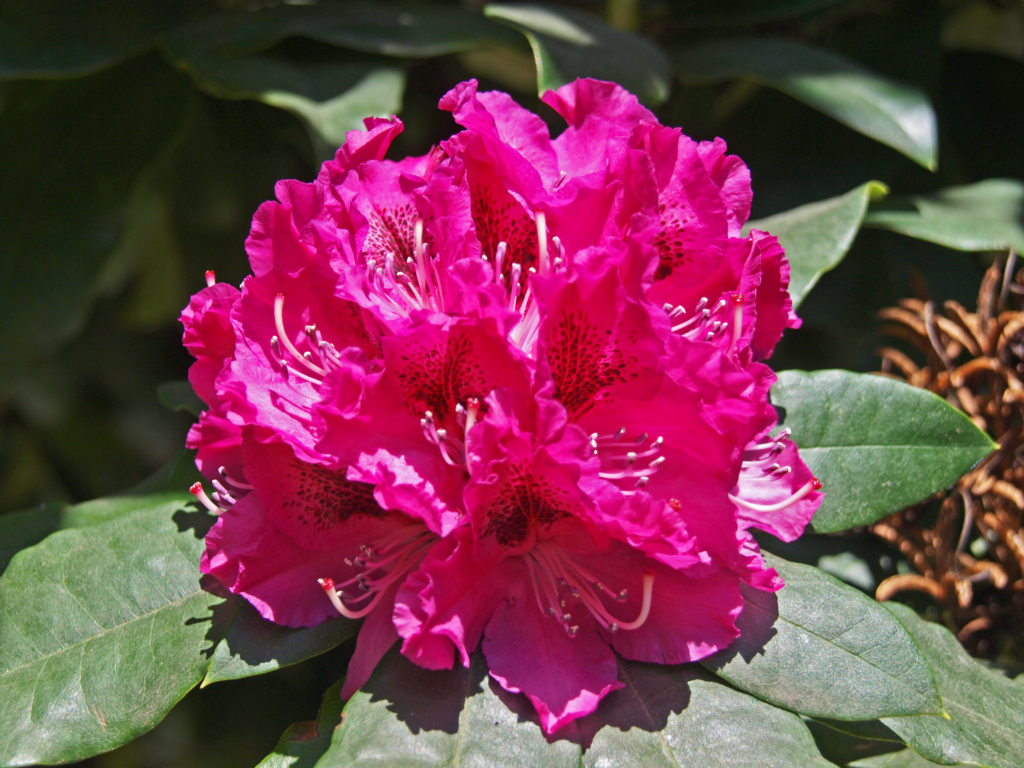
In 1920 Hulda began opening her garden to the public during the spring bloom, and continued doing so until 1948, when a spring flood destroyed the original gardens. Despite being in her 80s, she spent the next two years tirelessly rebuilding her gardens, and was able to re-open them in 1950. She continued to open her gardens to the public until her death in 1960. Known as the Lilac Lady, Hulda’s life story was the basis for Jane Kirkpatrick’s novel Where Lilacs Still Bloom.

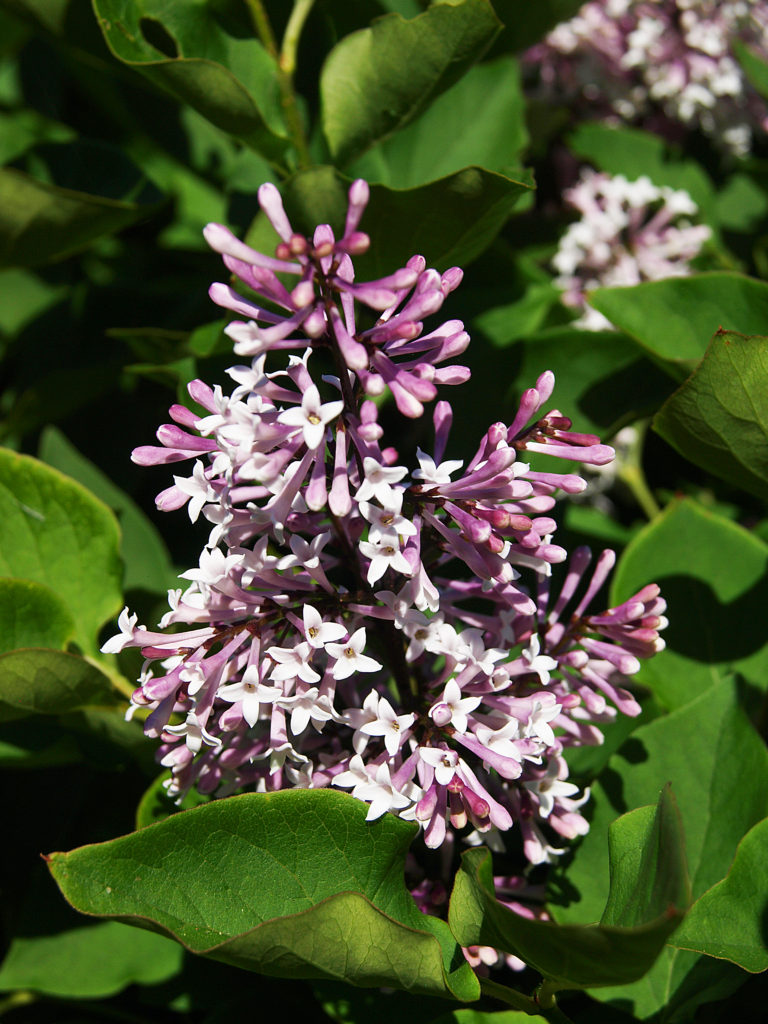
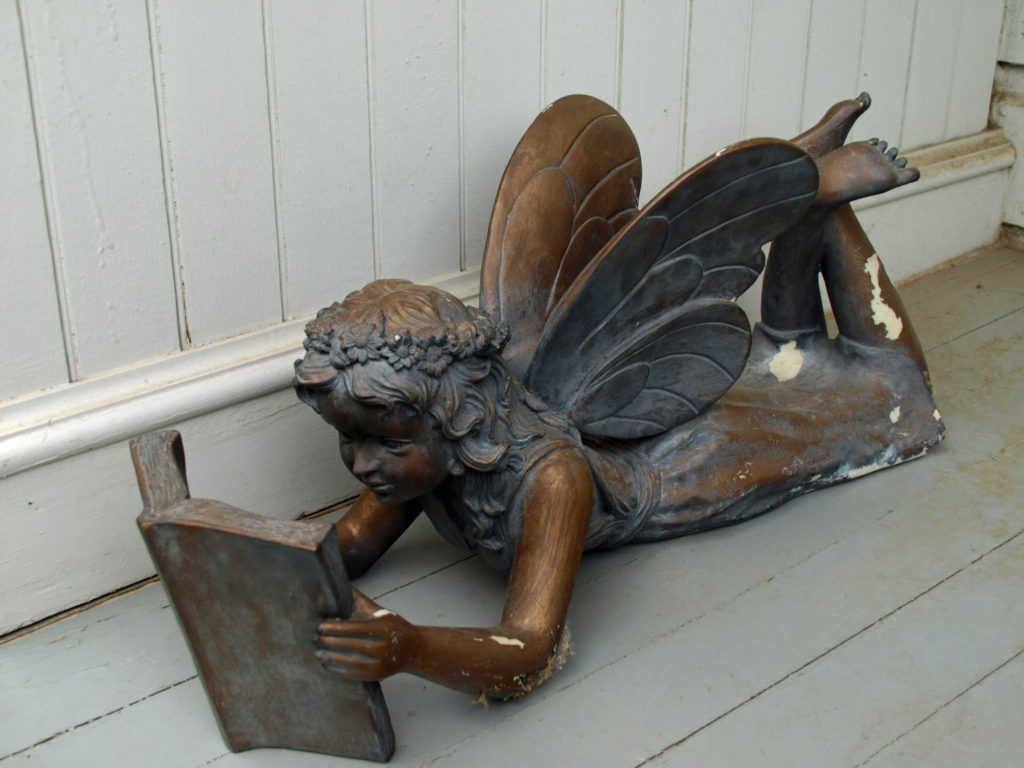 After Hulda’s death, her family put the farm up for sale. The local garden society succeeded in having Hulda’s gardens declared a state and national historic site to prevent them from being bulldozed for a proposed industrial site.
After Hulda’s death, her family put the farm up for sale. The local garden society succeeded in having Hulda’s gardens declared a state and national historic site to prevent them from being bulldozed for a proposed industrial site.
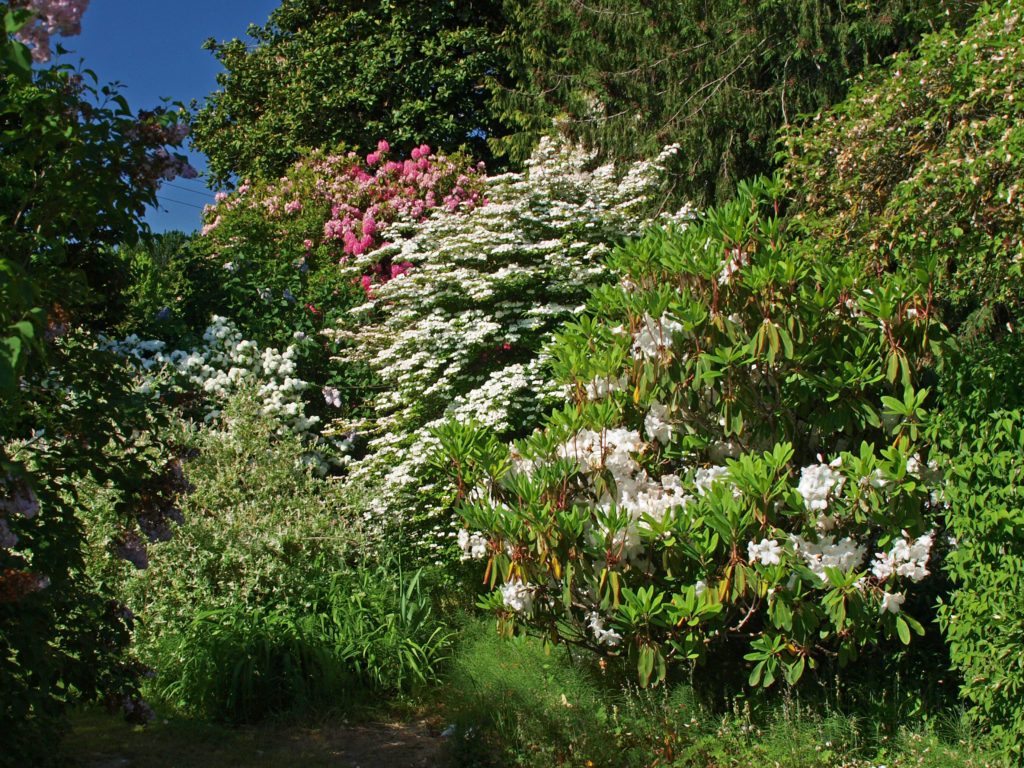
The Hulda Klager Lilac Gardens have been owned and operated by the non-profit Hulda Klager Lilac Society since 1976. Each spring when the lilacs are blooming the society sponsors Lilac Days, when the society sells lilacs, operates a gift shop in what was the farm’s barn, and opens the restored Klager farmhouse to the public.
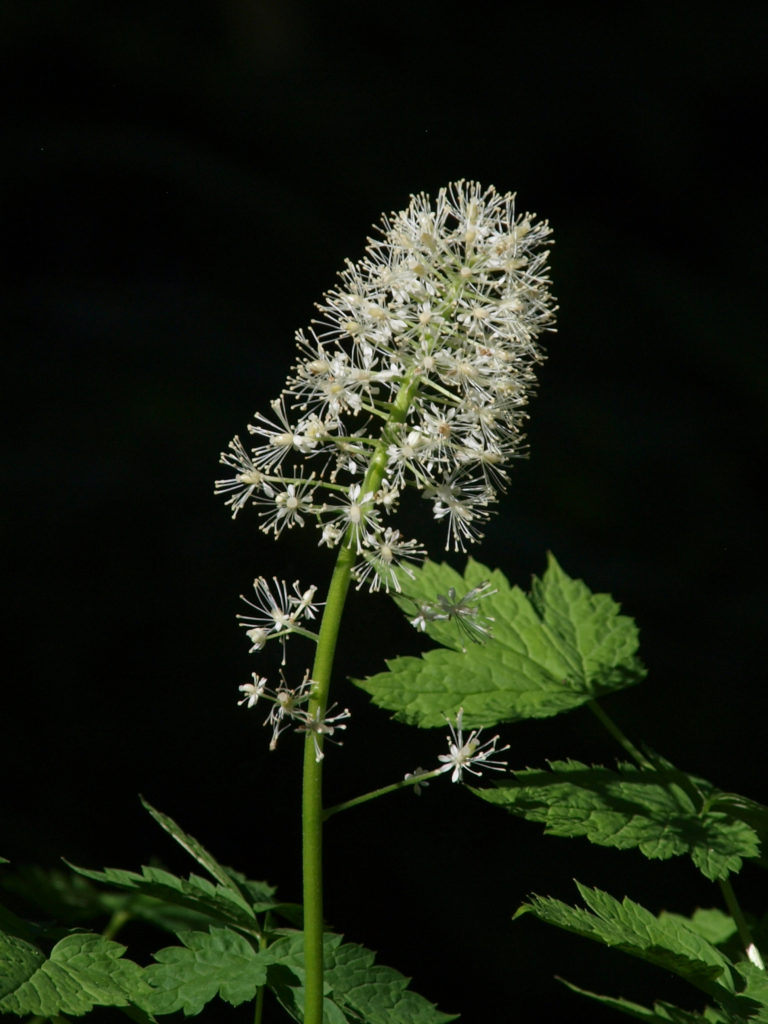
In 2019 my wife and I re-visited the Gardens on Mother’s Day weekend at the tail end of the Lilac Days celebration. Despite being past the peak of the bloom, there were still may lilacs in bloom, and the Gardens have many varieties of other flowering plants, as well. Even the previous year, on our first visit at the end of summer, there were many flowers in bloom. We toured the family farmhouse, wandered around the Gardens for some time, and took literally hundreds of photos. It was another very pleasant day.
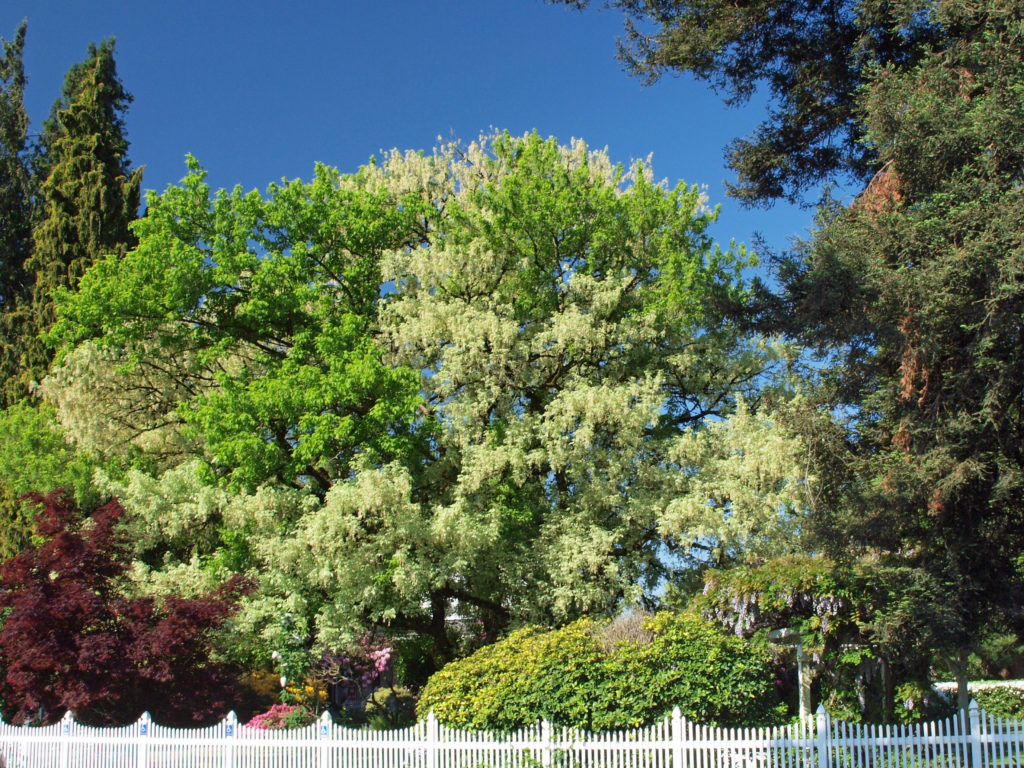
The Lilac Gardens are on the western edge of Woodland, Washington. Woodland is located on I-5 about twenty-five miles north of Portland, Oregon. Lilac Days run from mid-April through Mothers Day each year.
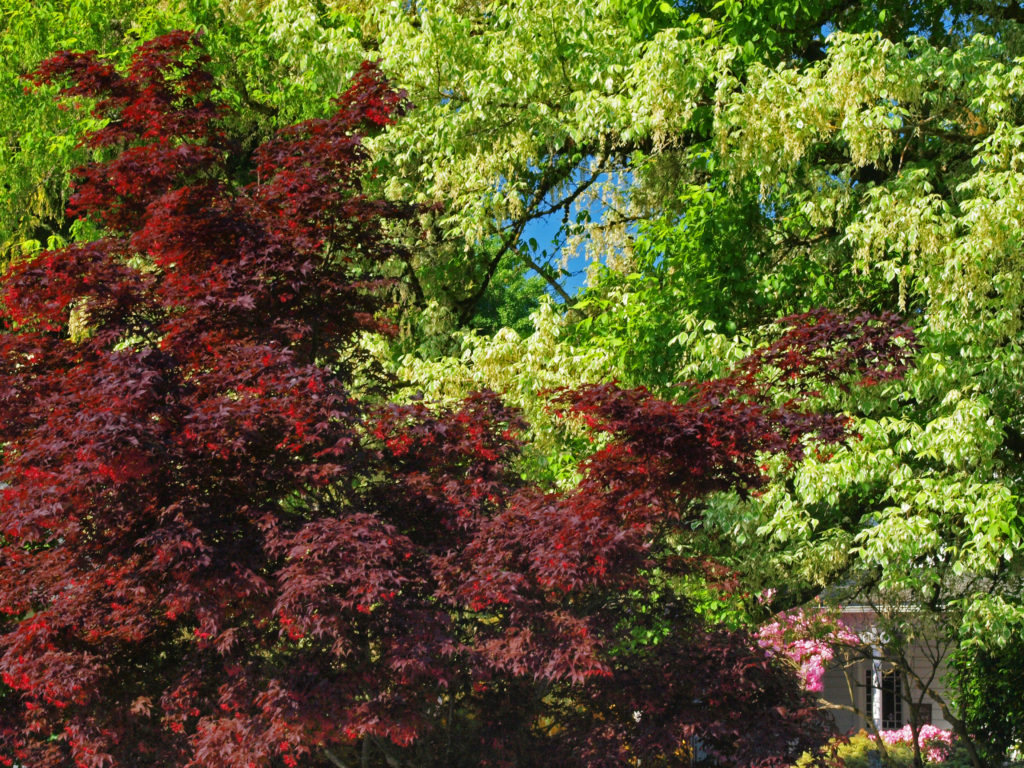
2022 Update: Unfortunately, the Lilac Gardens closed at the end of Lilac Days this year due to the still ongoing Covid-19 pandemic, and are not scheduled to reopen until Lilac Days in 2023. Go to the garden website for more information.
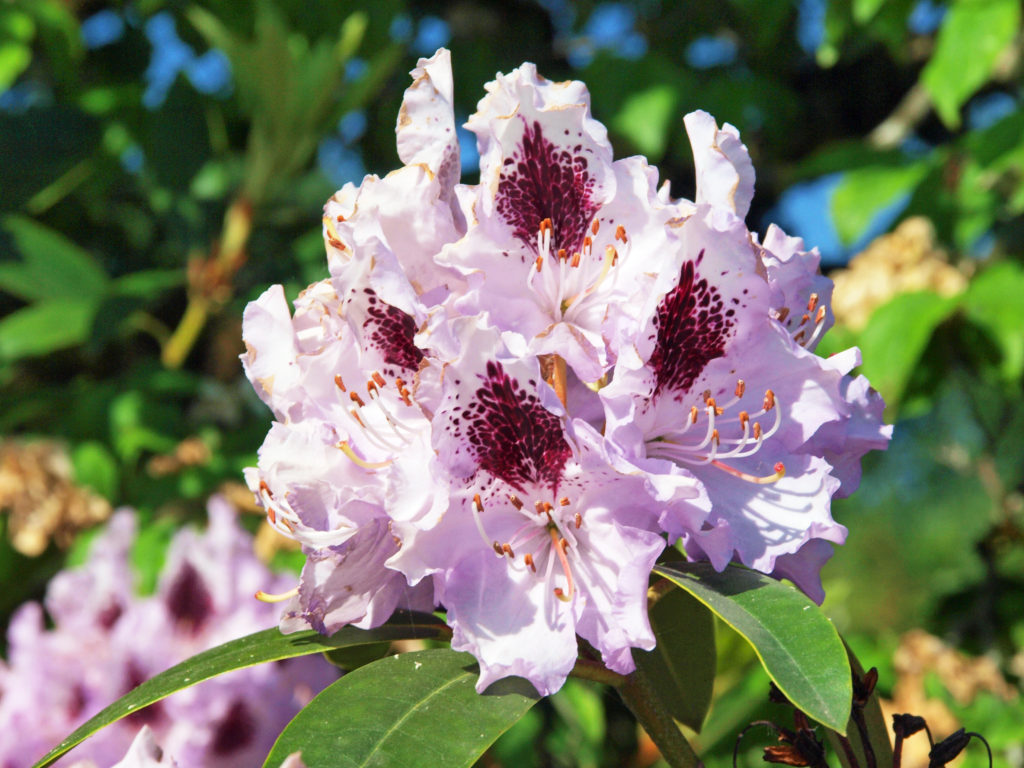
Originally posted May 14, 2019. Updated and re-posted May 18, 2022.
All photos © Alan K. Lee

